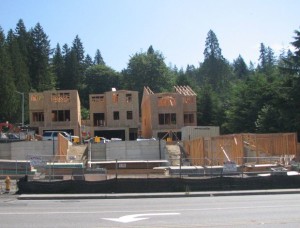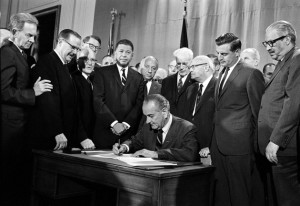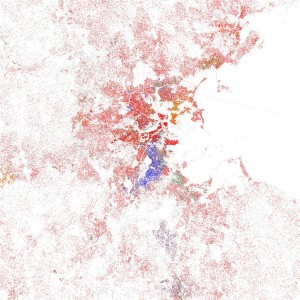Here are a couple of readings that expand on some of our previous posts on the inexorable AFFH theme:
“Segregation 101” takes off from an August Times story on Section 8 (that is, racial) discrimination in metropolitan St. Louis. One obstacle to locating more Section 8 voucher holders in middle-class suburbs, the story notes, is a relative lack of rental apartments in such suburbs — in part because of zoning practices that favor single-family homes.
“Segregation Conversation Goes National” offers another rebuttal to the controversial Edsall op-ed and advocates a dual approach to the housing affordability crisis: investing in poor neighborhoods and, on one hand, and settling more poor people in “opportunity-rich” middle-class neighborhoods, on the other. (That seems to be the strategy that Justice Kennedy implicitly endorsed in his disparate impact decision, as we noted previously.)
There’s also a reference to a regional program in Chicago that helps disperse urban Section 8-holders to outlying suburbs. (For an account in The Atlantic, click here.) Elements of that might translate well to Vermont, where the Section 8 program outside of Burlington and several other cities, is already administered by a “regional” agency (Vermont State Housing Authority) that covers the rest of the state.
Meanwhile, the Times lands another editorial today another segregation motif — racial discrimination by real estate agents around the country.





